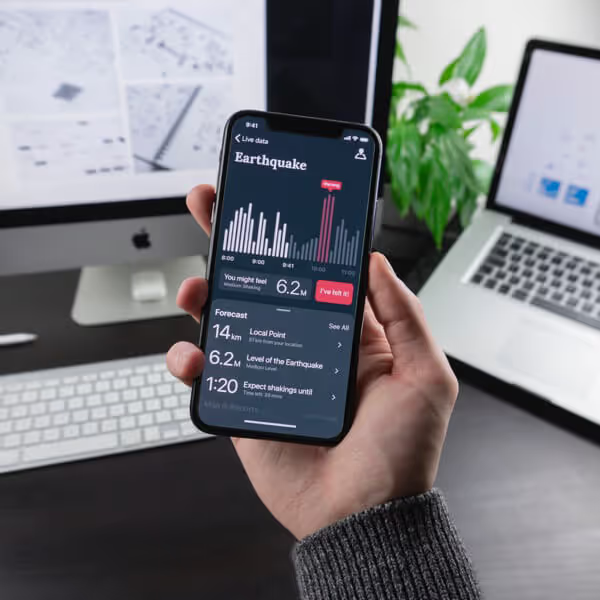ost conversations about conversion rate optimisation (CRO) start with the usual suspects - button colours, UX tweaks, or split-testing headlines.
But before you start changing what users see, you need to understand why they’re there in the first place. Because the journey to conversion starts long before the click.
At LimeHub, we like to think of websites as houses. The homepage is the front door. Keyword landing pages are the side doors. And your blog? That’s the window people peer through when they’re just curious about what’s inside.
And just like in real life, not everyone who walks through a door has the same level of intent.
The Front Door: Navigating Medium-Intent Journeys
When someone lands on your homepage, they’re usually not ready to buy. They’re assessing, validating, and trying to work out whether they’ve arrived at the right place.
That’s why your homepage copy and structure are less about hard selling and more about reassurance.
The main heading is your handshake - it tells visitors exactly what you do and why it matters to them (it's also important for SEO, but that's a conversation for another time). From there, clear navigation, consistent messaging, and easy-to-find proof points (like case studies or testimonials) help them move deeper into your site without friction.
They’re not looking for everything at once - they’re looking for a sign they can trust you.
Your job is to make that easy.
CRO focus: Clarity, trust signals, and navigational flow. Your homepage should function like a map, not a maze.
The Side Doors: High-Intent, Low-Friction Paths
Now, when a visitor arrives via a campaign or a keyword-targeted landing page, their intent is much sharper. They’ve come looking for something specific - a service, a solution, or an answer to a question that’s already on their mind.
In other words, they don’t want a tour of the house. They just want to find the room they came for.
These pages work best when they’re long, structured, and focused - answering objections, reinforcing credibility, and guiding users toward a single next step (book a demo, download a guide, request a quote).
Every section should serve a purpose, building confidence without requiring visitors to leave the page.
CRO focus: Message continuity, persuasive structure, and singular calls-to-action. You’re not creating curiosity - you’re closing the confidence gap.
The Blog Door: Low-Intent but High-Value Entry Point
Blogs are your secret weapon for organic traffic. They attract readers who are in research mode - curious, but not yet ready to act.
And that’s okay.
Because while they may not convert immediately, they represent future potential.
Someone who lands on a blog is showing interest in a topic related to your expertise. So instead of trying to convert them with a “Contact Us” button they’ll ignore, offer them something that matches their current mindset - an eBook, a checklist, a webinar, etc.
It’s about building a relationship, not rushing it.
CRO focus: Micro-conversions. Give readers a low-effort, high-value way to stay connected - and move them gently into your nurture funnel.
Bridging the Gaps: Aligning UX With Intent
The magic of effective CRO lies in recognising that each type of visitor has a different job to do.
- Homepage visitors need orientation and trust.
- Landing page visitors need validation and simplicity.
- Blog visitors need education and nurturing.
Yet many websites treat all visitors the same - with a uniform layout, the same final CTAs, and identical navigation. The result? Missed opportunities and inflated bounce rates.
Intent-driven design is about aligning user psychology with UX structure. It means designing each page to match not just the topic, but the mindset of the person arriving there.
Pro tip: Map your traffic sources in analytics. Look at where people enter your site, how far they go, and what they click next. You’ll quickly see patterns that reveal intent - and opportunities to improve conversions without adding a single new feature.
CRO Starts Before the Click
Getting users to your website is hard enough - but converting them? That starts with understanding the door they came through.
So before you change a button colour or rewrite your headlines, ask yourself: What did this person come here to do - and how can I make that journey frictionless?
Because conversion isn’t about tricking users into taking action. It’s about designing a journey that meets them where they are.

.avif)












